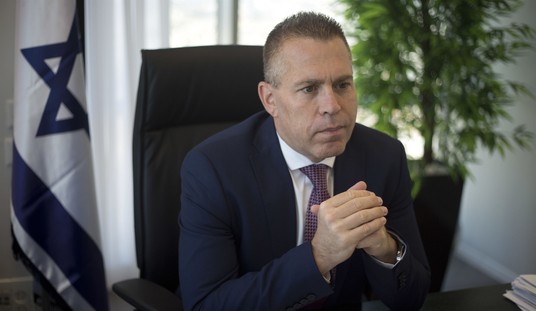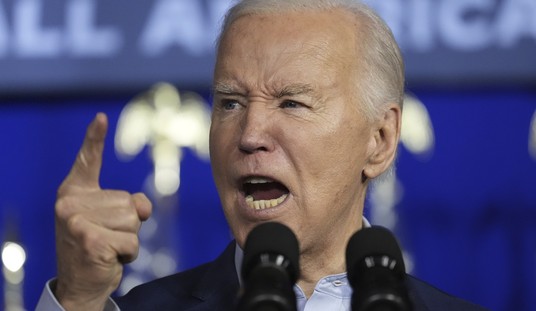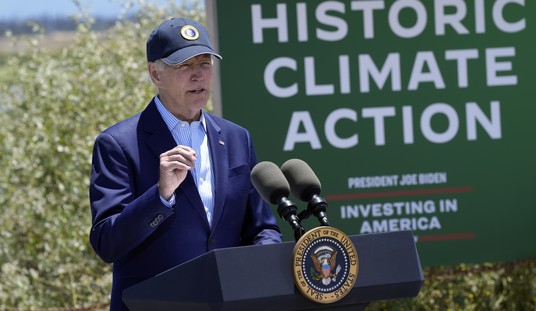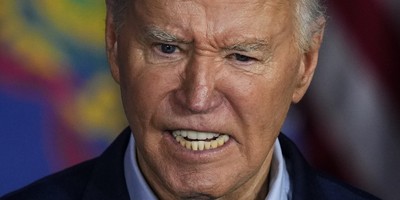During Wednesday’s White House listening session, President Trump told survivors of last week’s Florida school shooting that he supported allowing teachers to carry concealed firearms to protect their students.
On Thursday morning, Trump reiterated his position on Twitter:
I never said “give teachers guns” like was stated on Fake News @CNN & @NBC. What I said was to look at the possibility of giving “concealed guns to gun adept teachers with military or special training experience - only the best. 20% of teachers, a lot, would now be able to
— Donald J. Trump (@realDonaldTrump) February 22, 2018
....immediately fire back if a savage sicko came to a school with bad intentions. Highly trained teachers would also serve as a deterrent to the cowards that do this. Far more assets at much less cost than guards. A “gun free” school is a magnet for bad people. ATTACKS WOULD END!
— Donald J. Trump (@realDonaldTrump) February 22, 2018
If Trump is serious about making his proposal a reality, Congress first needs to repeal the Gun-Free School Zones Act of 1990 (GFSZA). Although the bill was overturned by the Supreme Court in United States v. Lopez (1995), a revised version of the law still serves as the primary federal legal basis for barring teachers or other school staff from carrying legally owned guns on school grounds (or anywhere within 1000 feet of them).
Recommended
There are exceptions to the law that already exist, however, and they are not insignificant. The most notable of these is an original GFSZA provision that allows local schools to approve individual adults to carry firearms in their school zones. According to a 2013 investigation by NBC News, 18 states have laws taking advantage of this exception. Most of these states require prospective firearm carriers to get explicit written permission from a school board, school trustees, a superintendent, or a principal in order to carry guns in school.
And yet, in spite of such regulations being on the books, most of America’s mass shootings targeting primary or secondary schools have occurred after the 1990 law or its 1996 update went into effect. Using the FBI definition of a mass shooting as any single incident in which four or more people are killed by a shooter, there appear to be eight such shootings at K-12 schools in the United States:
Sandy Hook Elementary (2012) - 26 killed (at the school)
Stoneman Douglas High School (2018) - 17 killed
Columbine High School (1999) - 13 killed
Stockton Elementary School (1989) - 5 killed
Westside Middle School (1998) - 5 killed
West Nickel Mines School (2006) - 5 killed
Lindhurst High School (1992) - 4 killed
Marysville-Pilchuck High School (2014) - 4 killed
(Two other mass shootings that took place only partly in a school setting have been omitted from this list, namely the Thurston High School shooting (1998) and the Montefiore School shooting (1988); both resulted in four dead victims.)
The three most deadly shootings from this list, including this year's Florida mass shooting at Stoneman Douglas, all happened after GFSZA passed, and only one shooting happened before it became law.
This data strongly suggests that if legislators want to actually solve the problem of mass shootings in our nation's schools, they must think beyond a narrow approach that relies on restricting Americans' Second Amendment rights and do something that actually deters evil or mentally people from targeting our schools in the first place.

























Join the conversation as a VIP Member